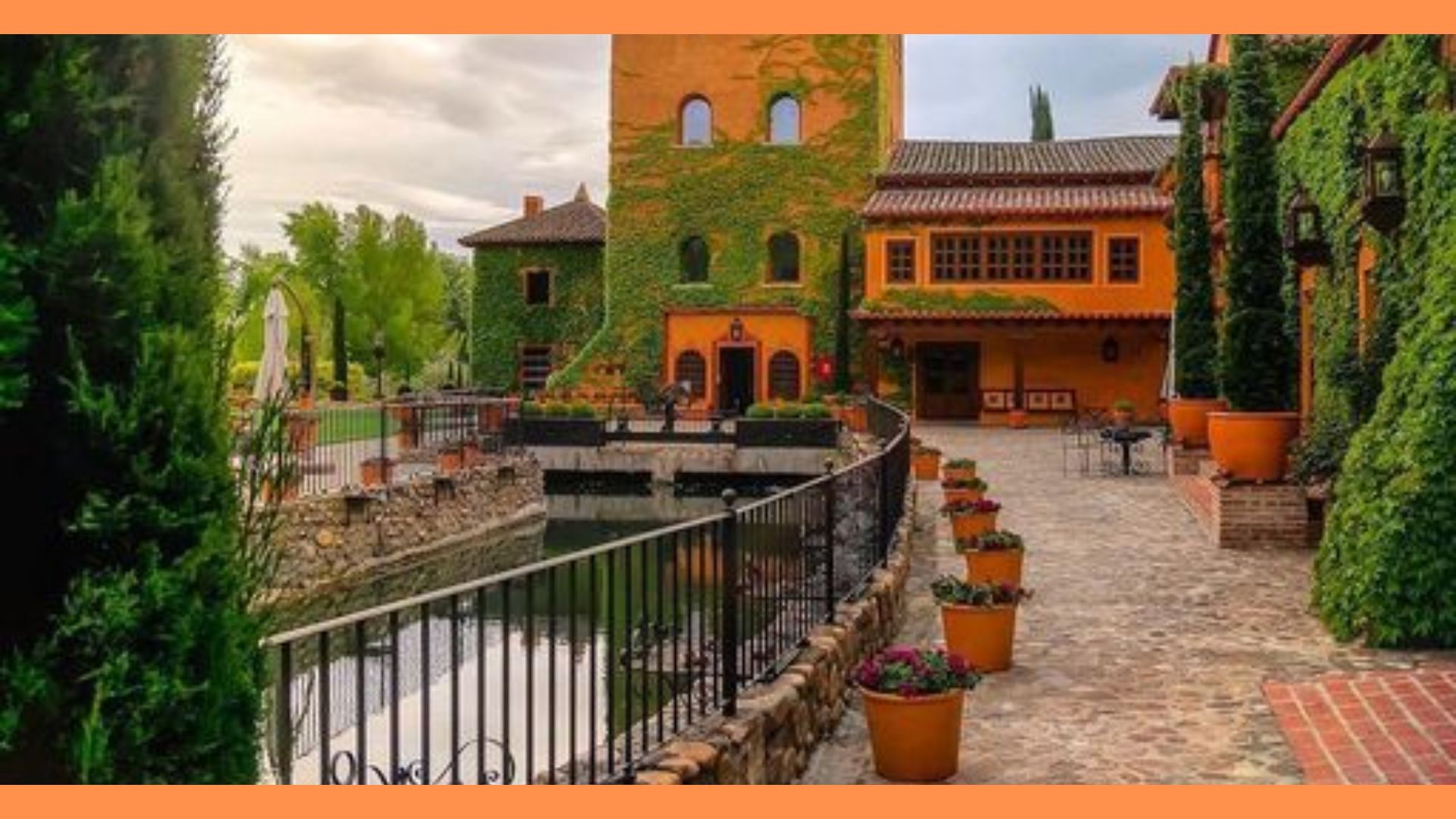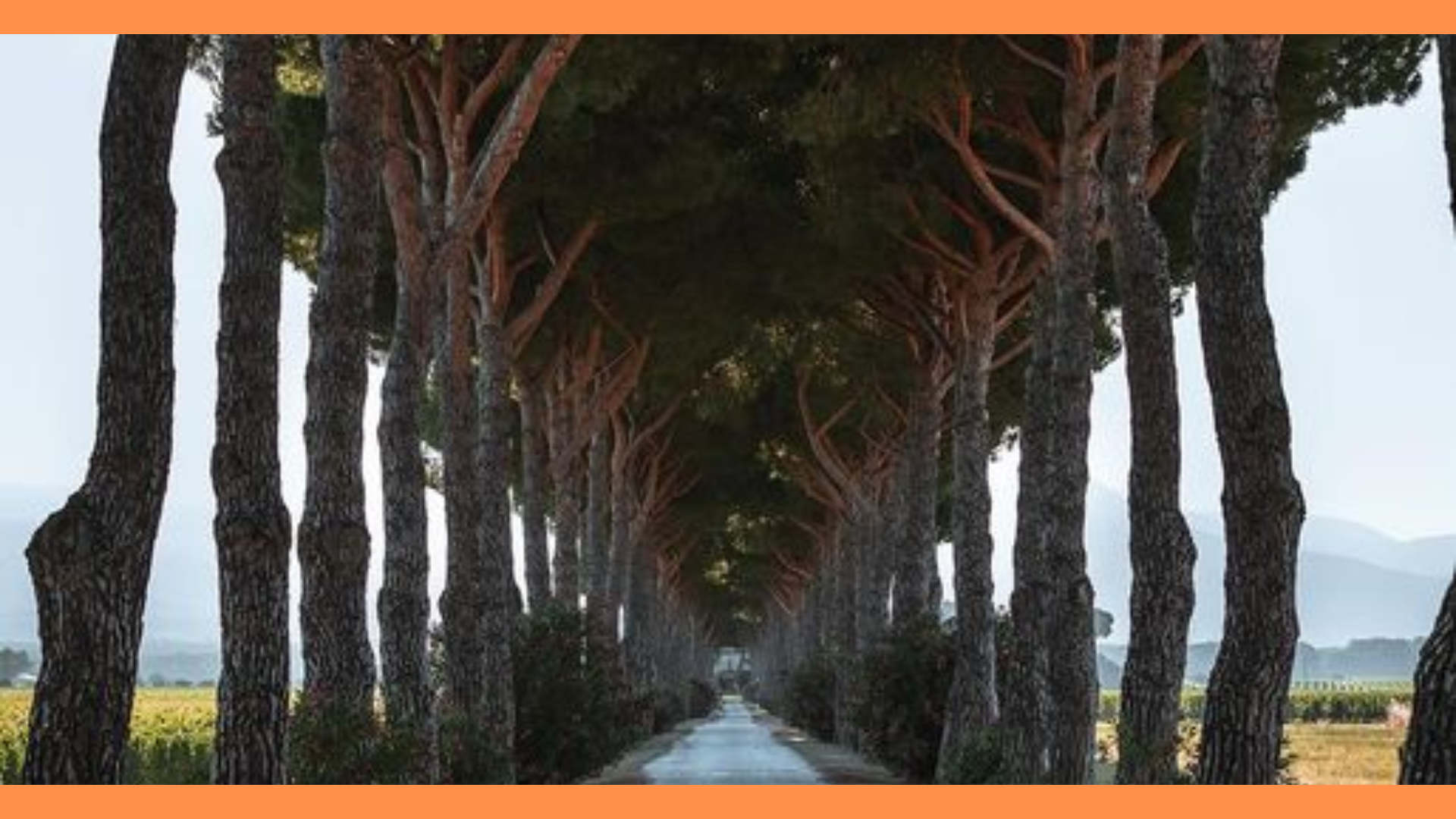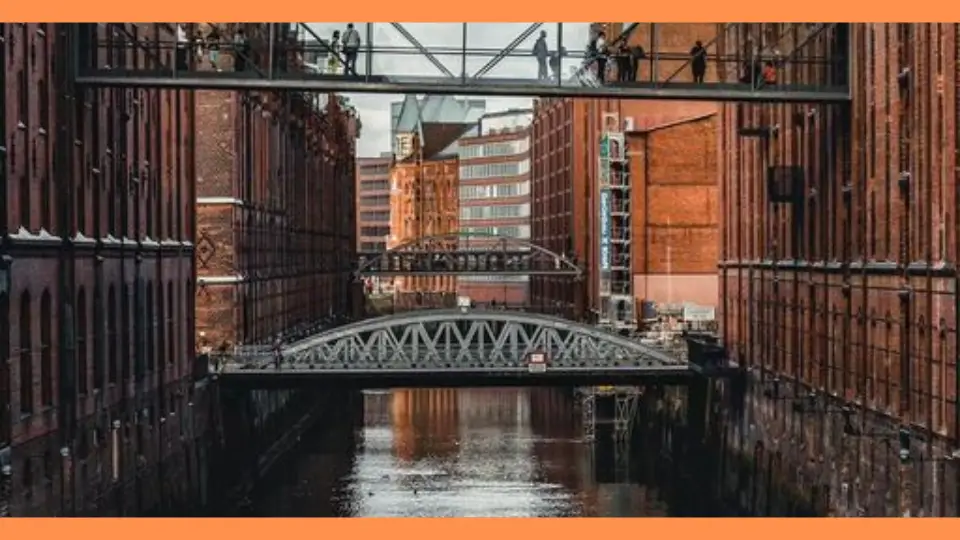Madrid, the vibrant capital of Spain, is a city rich in history, culture, and culinary delights. This comprehensive exploration reveals Madrid’s diverse travel destinations and dynamic food scene. Part I delves into Madrid’s key attractions, from the grandeur of the Royal Palace and the artistic treasures of the Prado Museum to the lively atmosphere of Gran Vía and the historic charm of Plaza Mayor.
I. Travel Destinations in Madrid
Madrid, the vibrant capital of Spain, is a city rich in history, culture, and dynamic urban life. As the political, economic, and cultural center of the country, Madrid offers a wide range of attractions that cater to diverse interests. From majestic palaces and world-renowned museums to charming parks and bustling neighborhoods, the city presents a myriad of experiences for visitors. Here’s an in-depth exploration of Madrid’s key travel destinations.
A. Introduction to Madrid
Madrid, situated in the heart of Spain, serves as the country’s capital and largest city. It is renowned for its historic landmarks, lively arts scene, and dynamic culinary offerings. Founded in the 9th century by the Moors, Madrid has evolved into a bustling metropolis that blends historical charm with modern vibrancy. The city enjoys a continental climate with hot summers and cold winters, though it generally remains sunny throughout the year. The best time to visit Madrid is during the spring (April to June) or fall (September to October) when the weather is pleasant and the city hosts various festivals and events.
B. Major Attractions
1. The Royal Palace of Madrid
The Royal Palace of Madrid, or Palacio Real, stands as a symbol of Spain’s regal history and architectural splendor. Completed in 1764, this Baroque palace is the official residence of the Spanish royal family, though it is now primarily used for state ceremonies and official functions. Visitors are greeted by its grand façade and expansive Plaza de Oriente, where they can explore the opulent interiors, including the Throne Room, the Royal Chapel, and the impressive Royal Armoury. The palace’s lavish decorations, intricate frescoes, and historical artifacts provide a glimpse into Spain’s royal heritage. Additionally, the surrounding Sabatini Gardens offer a serene escape with their meticulously designed landscapes and fountains.
2. Prado Museum (Museo del Prado)
The Prado Museum is one of the world’s most important art galleries and a must-visit for art enthusiasts. Opened in 1819, it houses an extensive collection of European art, spanning from the 12th to the early 20th centuries. The museum’s highlights include masterpieces by renowned Spanish artists such as Diego Velázquez, Francisco Goya, and El Greco. Velázquez’s “Las Meninas,” Goya’s “The Third of May 1808,” and El Greco’s “The Annunciation” are among the museum’s most celebrated works. The Prado’s impressive collection also features notable pieces by Flemish, Italian, and French artists. The museum’s architecture, designed by Juan de Villanueva and later expanded by Rafael Moneo, complements its rich artistic heritage.
3. Retiro Park (Parque del Retiro)
Retiro Park, or Parque del Retiro, is a sprawling green oasis in the heart of Madrid, offering a tranquil retreat from the city’s hustle and bustle. Established in the late 16th century as a royal park, it is now a beloved public space with a variety of attractions. The park features the picturesque Estanque Grande, a large boating lake where visitors can rent rowboats and enjoy leisurely rides. The Crystal Palace (Palacio de Cristal), a stunning glass structure originally built for an exhibition in 1887, houses temporary art exhibitions and provides a scenic spot for relaxation. The park also includes beautiful gardens, such as the Rose Garden (La Rosaleda) and the Parterre Garden, where visitors can admire an array of flowers and manicured landscapes. Regular cultural events, including concerts and performances, enhance the park’s vibrant atmosphere.
4. Gran Vía
Gran Vía is Madrid’s main thoroughfare and a hub of activity, known for its impressive architecture, shopping, and entertainment options. Often referred to as Madrid’s Broadway, Gran Vía is lined with historic buildings, theaters, and modern retail stores. Iconic landmarks along the street include the Edificio Telefónica, one of the first skyscrapers in Madrid, and the Metropolis Building, renowned for its ornate façade and golden dome. Gran Vía is also home to numerous theaters and cinemas, offering a range of performances from musicals and plays to film screenings. The street’s bustling atmosphere and diverse offerings make it a prime destination for shopping, dining, and experiencing Madrid’s nightlife.
5. Puerta del Sol
Puerta del Sol is one of Madrid’s most famous squares and a focal point of the city’s social and political life. Located in the heart of Madrid, the square is a hub of activity and a central meeting point. It is home to several notable landmarks, including the statue of El Oso y el Madroño (The Bear and the Strawberry Tree), a symbol of Madrid. The square also features the Kilometer Zero marker, which signifies the starting point of Spain’s road network. Surrounding the square are historic buildings such as the Royal House of the Post (Casa de Correos), which houses the Madrid Regional Government. Puerta del Sol is also known for its New Year’s Eve celebrations, where thousands gather to celebrate with the traditional tradition of eating twelve grapes at the stroke of midnight.
6. Plaza Mayor
Plaza Mayor is a grand square located in Madrid’s historic center, renowned for its architectural elegance and historical significance. Constructed during the reign of Philip III, the square is surrounded by a series of uniform buildings with arcaded galleries and a central statue of Philip III on horseback. Plaza Mayor has served various purposes throughout its history, including as a marketplace, bullfighting arena, and site for public executions. Today, it is a popular spot for tourists and locals alike, offering a vibrant atmosphere with numerous cafes and restaurants lining the square. Visitors can explore the surrounding narrow streets, which are filled with shops and eateries, and experience the square’s lively ambiance.
7. Malasaña and Chueca Neighborhoods
Malasaña and Chueca are two of Madrid’s most dynamic and culturally rich neighborhoods, each offering a unique character and experience.
- Malasaña: Known for its bohemian vibe and alternative culture, Malasaña is a hub of creativity and youthful energy. The neighborhood features an array of trendy boutiques, vintage shops, and eclectic cafes. It is also famous for its vibrant nightlife, with numerous bars and clubs offering live music and late-night entertainment. The area’s street art and murals add to its artistic ambiance, making it a popular destination for those seeking a taste of Madrid’s contemporary cultural scene.
- Chueca: Chueca is renowned for its lively and inclusive atmosphere, known as Madrid’s LGBTQ+ district. The neighborhood is characterized by its bustling squares, stylish bars, and diverse dining options. Chueca hosts a range of cultural events and festivals, including the annual Madrid Pride celebration, which draws visitors from around the world. The area’s vibrant nightlife, trendy shops, and colorful street life make it a must-visit destination for those looking to experience Madrid’s modern and open-minded spirit.
II. Cuisine of Madrid
Madrid’s cuisine is a delectable reflection of its rich history and cultural diversity. As Spain’s capital, Madrid not only showcases traditional Spanish dishes but also offers a variety of culinary experiences that highlight local flavors and innovative gastronomy. From hearty stews and savory tapas to sweet treats, Madrid’s food scene is a feast for the senses. Here’s an exploration of the signature dishes, dining experiences, and food markets that define the culinary landscape of Madrid.
A. Introduction to Madrid’s Culinary Scene
Madrid’s food culture is a melting pot of regional Spanish influences, shaped by its historical role as a political and cultural center. The city’s cuisine is characterized by its emphasis on fresh, high-quality ingredients and traditional cooking techniques. Dining in Madrid ranges from casual tapas bars to elegant fine dining establishments, offering a diverse array of culinary experiences. Local customs, such as enjoying tapas with a drink and indulging in long, leisurely meals, are integral to the dining experience in Madrid.
B. Signature Dishes
1. Cocido Madrileño
Cocido Madrileño is a quintessential Madrid dish and a beloved example of Spanish comfort food. This hearty stew is typically made with a variety of meats, including beef, pork, and chicken, along with chickpeas and vegetables such as carrots, potatoes, and cabbage. The dish is traditionally cooked in a two-part process: first, the meats and vegetables are simmered to create a rich broth, which is then served as a soup. The second part of the meal involves serving the remaining meat and vegetables as a substantial main course. Cocido Madrileño is often enjoyed in the colder months, and many local restaurants and traditional eateries take pride in their recipes for this classic dish.
2. Callos a la Madrileña
Callos a la Madrileña is a traditional Madrid dish that reflects the city’s culinary heritage. This flavorful tripe stew is made with beef tripe (callos), chorizo (Spanish sausage), and morcilla (blood sausage), all cooked together with spices and tomatoes to create a rich, hearty dish. Callos a la Madrileña is often enjoyed as a winter dish, valued for its warming properties and satisfying flavors. The combination of tender tripe, smoky chorizo, and the robust broth makes it a favorite among locals and a must-try for visitors seeking an authentic taste of Madrid.
3. Tapas
Tapas are a defining feature of Spanish cuisine, and in Madrid, they represent a vibrant and diverse culinary tradition. The term “tapas” refers to a variety of small dishes or appetizers that are typically enjoyed with drinks. Popular tapas include:
- Patatas Bravas: Crispy fried potatoes served with a spicy tomato sauce and aioli.
- Croquetas: Creamy, breadcrumb-coated fritters filled with ingredients such as ham, cheese, or mushrooms.
- Jamón Ibérico: Cured Iberian ham, renowned for its rich, nutty flavor and delicate texture.
- Gambas al Ajillo: Shrimp sautéed in garlic and olive oil, often served with a touch of chili for added heat.
Tapas bars are scattered throughout Madrid, particularly in neighborhoods such as La Latina and Malasaña, offering a chance to sample a wide range of flavors and experience the lively social culture associated with tapas dining.
4. Bocadillo de Calamares
Bocadillo de Calamares is a popular Madrid street food that consists of a sandwich filled with deep-fried calamari rings. This simple yet delicious dish is typically served on a crusty baguette or roll and is often enjoyed with a squeeze of lemon or a dollop of aioli. The Bocadillo de Calamares is especially popular around Plaza Mayor, where numerous bars and eateries serve this tasty treat. It’s a quintessential example of Madrid’s vibrant food culture and is a must-try for anyone exploring the city’s culinary scene.
5. Churros con Chocolate
Churros con Chocolate is a beloved Spanish treat that has become a staple of Madrid’s food culture. Churros are long, thin pastries that are deep-fried to a crispy golden brown and dusted with sugar. They are typically served with a cup of thick, rich hot chocolate for dipping. This indulgent breakfast or snack is particularly popular in the morning or late at night, with many locals and visitors enjoying churros at traditional churrerías such as Chocolatería San Ginés. The combination of crispy churros and creamy hot chocolate makes for a delightful and comforting experience.
Madrid’s culinary scene is a vibrant reflection of its rich cultural heritage and diverse influences. From traditional dishes like Cocido Madrileño and Callos a la Madrileña to modern tapas and sweet treats like Churros con Chocolate, the city offers a wide range of flavors and dining experiences. Traditional taverns, innovative restaurants, bustling food markets, and immersive food tours provide ample opportunities for visitors to savor the essence of Madrid’s gastronomy. Whether indulging in classic dishes or exploring contemporary culinary trends, Madrid promises a memorable and satisfying journey through its food culture.









